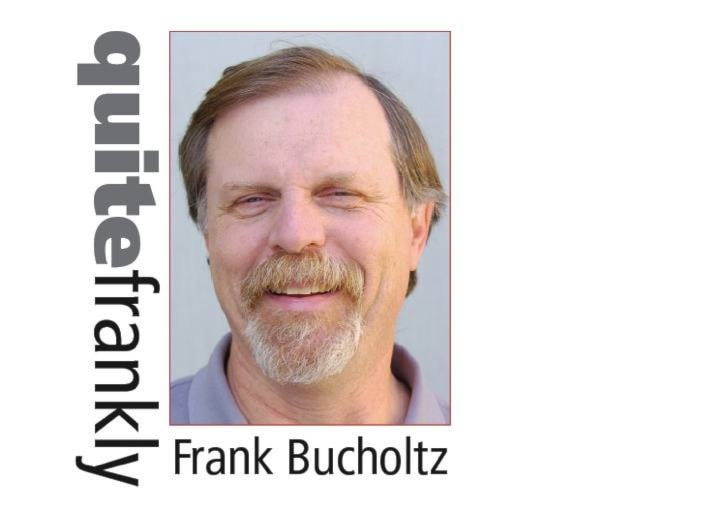Mayor Dianne Watts must be very grateful she held firm against the call to become the leader of the B.C. Liberals, after former premier Gordon Campbell announced that he was stepping down in November 2010.
There was considerable pressure on Watts to run. Her popularity, both within Surrey and throughout the province, was considerable, and she had no baggage. While she had been a Liberal supporter, she had not really been involved in provincial politics. However, she said no, citing her family and her commitment to Surrey.
The leadership was won several months later by Christy Clark. who had been out of the government since 2005 and had a post as a radio talk show host. Clark, however, had some baggage as a former minister, and what has really hurt her is that she is surrounded by the same old gang that was so integral a part of Campbell’s nine-year reign. Even if she presents a fresh face, she’s the only one who does.
Watts would have had exactly the same problem, and it might have even been worse, given her lack of provincial experience. There is nothing she could have done to deal with it, as a cabinet must be made up of elected MLAs.
Watts may yet end up on the provincial scene. After the next election, assuming the Liberals lose, the anti-NDP coalition that has governed B.C. since 1941, with two NDP inter-regnums, may well try to realign again under a new leader, and likely under a new name.
She could be a top contender to head up that party.
Watts was first elected to Surrey council in 1996, at a time when the ruling Surrey Electors Team was in superb shape. She was part of the SET slate that controlled council and the school board. She left SET to mount an independent campaign in 2005, and has now formed the Surrey First slate, which holds all nine council seats.
SET itself came together as a union of two slates that, by competing, were ceding seats to rival Surrey Civic Electors in each election.
While SET had been reasonably strong in earlier years, and was always able to deny the NDP-affiliated SCE a majority on council, it is often forgotten that much of its strength in the 1990s was a result of taking control of the school board in 1993.
SCE had controlled the board, but as has often been the case, fell out of favour with Surrey voters at least partially because there was an NDP government in Victoria.
SET candidates captured a majority of seats in 1993, and made a number of changes – most notably pushing to bring in a traditional school that was a huge hit with parents from day one.
One of those SET candidates, Ken Hoffmann, recently passed away. While he was a polarizing figure to many, his experience in the classroom as a teacher and his willingness to stand up for what he believed made him popular with many voters, and he was re-elected again and again.
If and when Watts ascends to the premier’s chair, it will be at least partially because of SET backroom organizers, volunteers, campaign managers and successful candidates like Hoffmann, who together made SET a powerhouse in Surrey. That gave her first chance as a politician, and she has made the most of those chances ever since.
Frank Bucholtz is the editor of The Langley Times. He writes weekly for The Leader.
